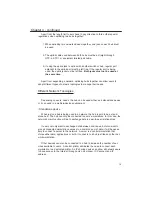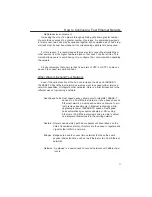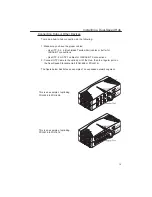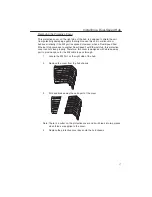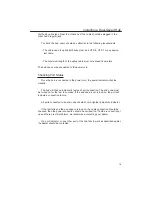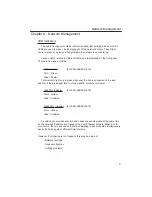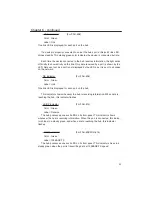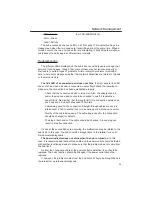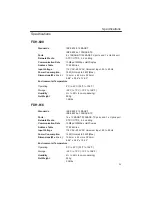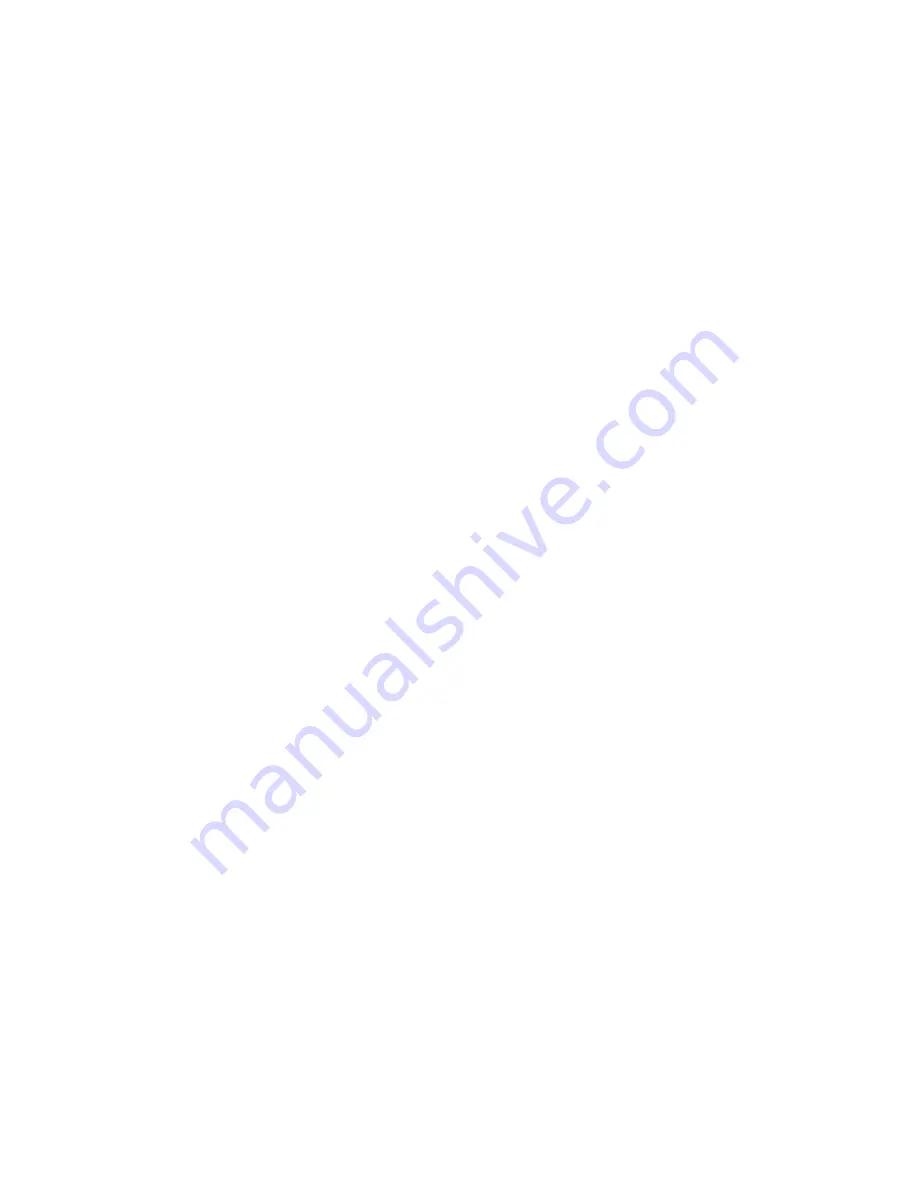
Copyright
Copyright © 1998 by Macsense. All rights reserved. No part of this documenta-
tion may be reproduced in any form or by any means or used to make any direc-
tive work (such as translation or transformation) without permission from Macsense
Connectivity, Inc. Macsense Connectivity, Inc. reserves the right to revise this doc-
umentation and to make changes in the content without obligation to provide notifi-
cation of such revision or change.
FCC Warning
This equipment has been tested and found to comply with the limits for a Class
A digital device, pursuant to Part 15 of the FCC Rules. These limits are designed
to provide reasonable protection against harmful interference in a residential instal-
lation. This equipment generates, uses and can radiate radio frequency energy
and, if not installed and used in accordance with the instructions, may cause harm-
ful interference to radio communications. However, there is no promise that inter-
ference will not happen in a particular installation. If this equipment does cause
harmful interference to radio or television reception, which can be determined by
turning the equipment off and on, the user is encouraged to try to correct the inter-
ference by any of the following measures:
¥ Reorient or move the receiving antenna.
¥ Increase the distance between the equipment and receiver.
¥ Connect the equipment to an outlet on a circuit different from the one to
which the receiver is connected.
¥ Consult the dealer or an experienced radio/TV technician for help.
You may use unshielded twisted-pair (UTP) or shielded twisted-pair (STP)
cable for RJ-45 connections.
CE Declaration of Conformance
This is to certify that this device is shielded against the generation of radio
interference in accordance with the application of Council Directive 89/339/EEC on
the approximation of the laws of the Member States relating to electromagnetic
compatibility. Conformity is declared by the application of EN50081-1 and
EN50082-1, Class A.
Trademarks
All companies, brands, and product names are trademarks or registered trade-
marks of their respective companies.
Specifications are subject to change without prior notice.
26

